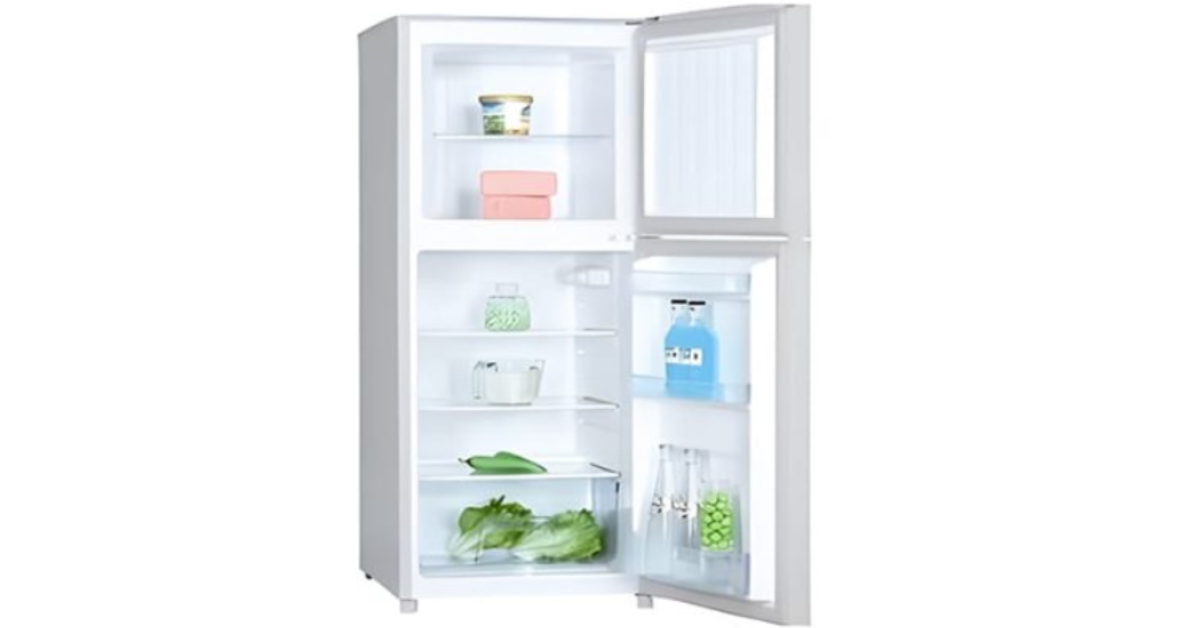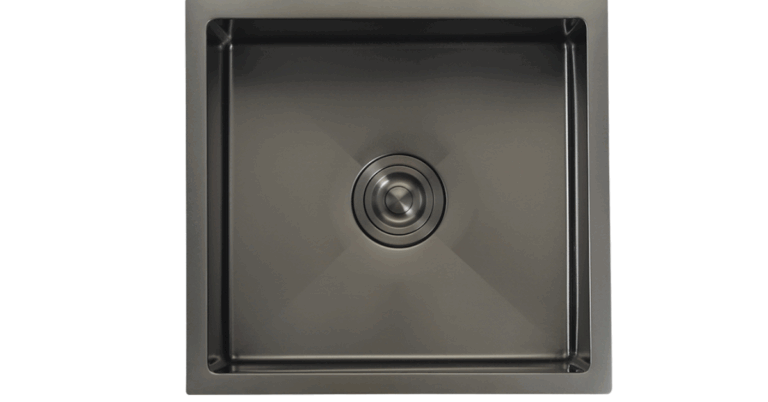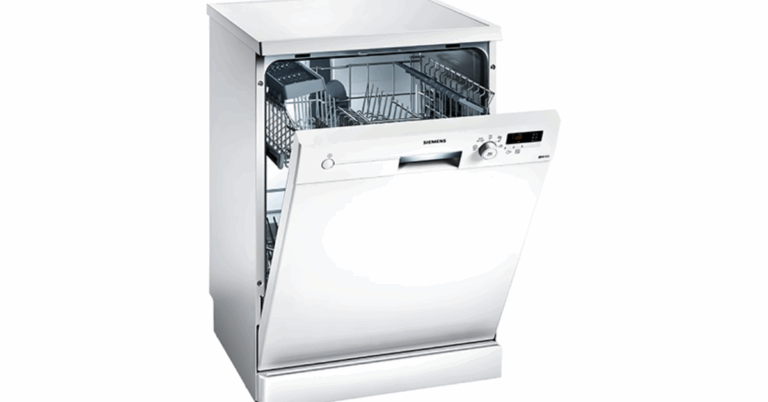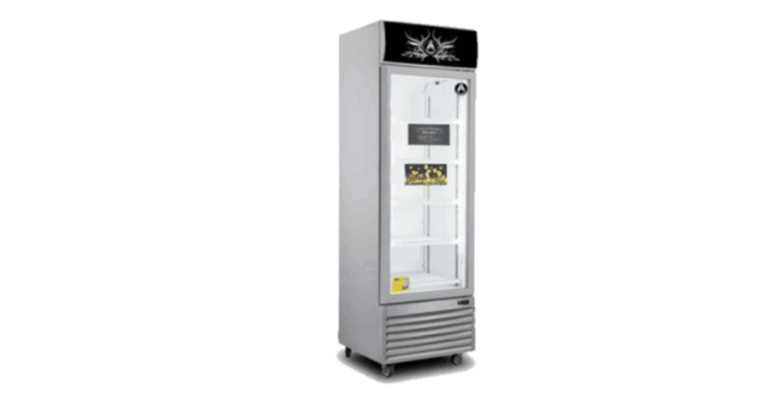Maximizing Efficiency at Sea: The Advantages and Applications of a 150L Marine Refrigerator 110V
In the realm of marine operations, whether aboard cruise ships, research vessels, or private yachts, maintaining reliable cold storage is essential. Among the many options, the 150L Marine Refrigerator 110V stands out as an ideal solution that balances capacity, efficiency, and compatibility. This refrigerator size is sizable enough to accommodate a wide variety of perishable goods, yet manageable in terms of energy consumption and space requirements. In this article, we explore the design features, technical considerations, real-world applications, installation guidelines, and long‐term maintenance practices of a 150L marine refrigerator running on 110-volt power tailored especially for marine and cruise ship refrigeration systems.
Why Choose a 150L Marine Refrigerator on 110V?
Optimal Capacity for Marine Settings
At 150 liters, the refrigerator offers a “sweet spot” between smaller units that may struggle to store bulk provisions and oversized units that draw excessive power or require more space. Such a capacity can support a midsize crew’s food, beverages, and lab samples, or serve specialized needs such as medical supplies, storage of bait or catch in fishing vessels, or perishables during extended port stays.
Voltage Compatibility and Systems Integration
Operating at 110V (50/60 Hz as suited for location) makes this refrigerator compatible with many marine electrical systems, especially in regions or vessels where 110V circuits are standard for galley or utility loads. This avoids the need for heavy-duty step-down or step-up transformers, which can add inefficiency or reliability concerns. A 110V system is often integrated into shipboard emergency power or backup systems, increasing redundancy and resilience.
Energy Efficiency & Power Budgeting
Marine refrigeration must be carefully balanced against a vessel’s overall power budget. A 150L refrigerator designed for marine use typically incorporates high-efficiency insulation, multi-stage compressors, careful thermal design, and optimized power draw. In many designs, power usage spikes during compressor on-cycles but stays minimal during steady-state cooling. This allows integration into shipboard load planning without unduly heavy impact.
Durability in Harsh Marine Environments
Beyond capacity and electrical compatibility, a marine 150L refrigerator must endure salt spray, humid conditions, motion and vibration, and wide ambient temperature ranges. Therefore, manufacturers often use corrosion-resistant materials (such as stainless steel, marine-grade aluminum, specialized coatings), vibration-dampening mounting systems, reinforced hinges and gaskets, and compact design to resist wear at sea.
Core Design & Technical Components
Understanding how a marine 150L 110V refrigerator is engineered helps clarify its performance advantages and necessary considerations.
Insulation and Cabinet Construction
High-performance insulation (polyurethane foam or vacuum panels) minimizes thermal ingress, reducing compressor cycle frequency. The outer shell often uses marine-grade finish materials that resist corrosion and UV. Internal shelving and liners are likewise constructed from durable plastics or stainless materials that resist saltwater damage.
Compressor & Cooling Circuit
A robust, marine-rated compressor often compact, variable-speed, or electronically controlled is vital. The cooling circuit is designed to tolerate motion (e.g., low-side up or sideways tilt). Expansion devices, evaporators, condensers, and piping are optimized to maintain performance under rolling or pitching conditions. In some units, remote condenser mounts are available to aid airflow or noise control.
Power Supply & Control Electronics
The 110V power system may include built-in surge protection, soft-start circuits, voltage monitoring, and fail-safe cutouts. Control electronics monitor internal temperature, adjust compressor output, manage defrost cycles, and interface with shipboard control systems or alarms.
Ventilation & Heat Rejection
Proper ventilation for the condenser is crucial. In tight marine spaces, you’ll often see forced-air fans (marine-rated) or external shell venting. Some setups might locate the condenser externally (in a dry bilge or separate ventilated enclosure) to reduce heat load in the living or galley space.
Defrost & Condensate Management
Automatic or semi-automatic defrost mechanisms prevent frost buildup on the evaporator, often using electric heaters or timed reverse cycle pulses. Condensate drip trays and drain piping must route water to safe discharge areas or the bilge, and use suitable check valves to prevent backflow.
Applications aboard Marine & Cruise Vessels
Galley & Provision Storage
On cruise ships or charter vessels, the 150L unit serves as a supplement to larger cold rooms, offering quick-access or specialty storage (e.g. high-use ingredients, desserts, dairy). Its manageable size makes it ideal for small galleys or auxiliary stations on upper decks.
Laboratory and Medical Support
Some vessels carry laboratories (oceanographic, fishing, environmental) or medical facilities. These refrigerators can store biological samples, reagents, medications, or vaccines with precise temperature control to avoid spoilage.
Fresh Catch & Bait Storage
In sportfishing or commercial fishing vessels, the refrigerator can store bait, fish portions, or catch that must remain chilled (though not frozen). The 150L size accommodates moderate haul sizes, especially on smaller vessels.
Backup / Emergency Cold Storage
Should the main cold rooms fail or require maintenance, a 150L refrigerator can act as a backup “holding” unit for critical perishables until full systems are restored.
Deckhouse or Remote Stations
Remote compartments (bridge stations, back decks, crew mess areas) may not be near the main galley. A compact 150L refrigerator placed near usage areas reduces foot traffic and improves workflow efficiency.
Installation Guidelines & Best Practices
Proper installation ensures optimal performance and longevity. Here are key considerations:
Mounting and Vibration Isolation
Ensure that the refrigerator is securely mounted to structural elements using vibration-isolating mounts or dampers to protect internal connections and reduce noise. Keep access for servicing valves, filters, or compressor replacement.
Venting and Airflow
Provide sufficient clearance (as required by manufacturer) for airflow around condenser coils and fans. If possible, route ventilation so the heat exhaust is directed away from frequently occupied spaces. In steamy or humid parts of the ship, boost airflow to mitigate ambient heat.
Electrical Connections & Protection
Wire the refrigerator on a dedicated 110V circuit with suitable breakers, wiring gauge, and surge protection. Include isolation switch and remote monitoring if possible. Protect against voltage dips or fluctuations common in marine systems.
Drainage & Condensate Routing
Route condensate drains carefully with proper slope to discharge or bilge. Use drip trays and anti-siphon loops to prevent backflow. Ensure drains are accessible for periodic inspection and cleaning.
Insulation from External Heat
Avoid locating the unit adjacent to heat sources (ovens, engines, exhausts). If unavoidable, insulate the separating panels or duct cool ambient air into the cabinet cavity region.
Commissioning & Testing
After installation, perform vacuum and leak tests on the refrigeration circuit. Charge refrigerant to specification, calibrate the controller, and run a test under maximum ambient load. Monitor for stable operation, heat rejection performance, and condensate drainage.
Operational Considerations & Energy Management
Even a well-designed 150L marine refrigerator must be operated thoughtfully to avoid undue energy waste or failures.
Temperature Setpoint & Load Management
Maintain temperature setpoints appropriate to stored contents (e.g. 2–4 °C for perishables). Avoid excessive overcooling. Group like items to reduce door-open times. Minimize the frequency and duration of door openings. Pre-chill or stage supplies before loading.
Staggered Compressor Cycles
If multiple refrigeration units are onboard, staggering their compressor cycles helps prevent simultaneous inrush currents that stress ship electrical systems.
Monitoring & Alarm Systems
Integrate temperature and power consumption sensors into the ship’s monitoring systems. Provide alarms for over-temperature, under-voltage, compressor faults, or door ajar conditions.
Defrost Scheduling
Manage defrost cycles to avoid interfering with peak ship load periods. Perform defrosting during off-peak power availability, if possible.
Preventive Cleanliness
Keep condenser coils clean of salt deposits, dust, or debris especially important in marine air with salt spray. Regularly clean evaporator surfaces and drainage paths to maintain efficiency.
Maintenance & Troubleshooting
Maintaining a marine-rated 150L 110V refrigerator is essential to avoid spoilage, downtime, or costly repairs.
Scheduled Inspection & Cleaning
-
Monthly: Check door seals, hinges, and gaskets for wear and leaks
-
Quarterly: Clean condenser (brush, flush, blow) to remove salt buildup
-
Biannual: Inspect refrigerant circuits for leaks, measure pressures, check compressor oil
-
Annually: Perform full system performance test, recalibrate controls, replace filters if applicable
Common Issues & Remedies
-
High internal temperature / long run times: causes may include poor insulation, excessive ambient heat, dirty condenser, refrigerant undercharge, or door leaks
-
Compressor not starting: check power supply, overload protector, start capacitor, wiring connections
-
Frost buildup on evaporator: defective defrost cycle, blocked drainage, evaporator airflow restricted
-
Water leaks or improper drainage: blocked drain, misrouted piping, defective check valves
Spare Parts & Redundancy
Maintain a stock of critical spares: gaskets, fuses, relays, fan motors, thermostats, and service tools. Where possible, use modular designs allowing quick swap-out of components.
Case Example: Cruise Ship Galley Supplement
Imagine a mid-sized cruise ship with extensive dining services. In the main galley lies a series of large cold rooms. However, on the upper decks near specialty venues (such as a poolside bar or dessert station), space constraints prevent large cold rooms. A 150L marine refrigerator 110V is installed adjacent to the bar area. It is powered off the ship’s 110V galley distribution, connected to a remote condenser unit on the superstructure to free deck space, and ventilated through louvered panels. The unit holds beverages, creams, and small catering supplies, reducing staff travel to the main galley. Monitored via the ship’s building management system, it triggers alerts if temperatures drift, enabling preventive maintenance. Its compact power draw and efficient cycle behavior mean it integrates seamlessly into the vessel’s energy management plan. Over a multi-year deployment, periodic cleaning and parts replacement maintain reliability, making the unit a cost-effective and mission-critical part of the shipboard cold chain.
Future Trends & Considerations
-
Variable Speed / Inverter Compressors: Future 150L marine refrigerators increasingly use variable-speed compressors, which adapt output to load and reduce energy consumption.
-
Smart Controls & IoT Integration: Remote diagnostics, predictive maintenance alerts, and integration with shipboard energy management systems improve uptime and reduce operating costs.
-
Phase-Change or Thermal Storage Layers: Incorporating latent-heat storage (e.g. glycol slush layers) helps buffer thermal loads during peak usage or power fluctuations.
-
Environmentally Friendly Refrigerants: Transition toward low-global-warming-potential (GWP) refrigerants (e.g. HFO blends) compliant with international marine environmental standards.
-
Modular & Retrofit Designs: Compact designs that allow retrofitting into older ships with minimal structural changes.
Conclusion
A 150L marine refrigerator 110V combines the advantages of a moderate storage volume, efficient energy profile, and compatibility with many marine electrical systems making it an ideal candidate for integration into vessels ranging from cruise ships to research vessels to fishing boats. When properly designed, installed, and maintained, it offers resilient, dependable cold storage under challenging sea conditions. As marine refrigeration technology evolves, future generations of these units will become smarter, more efficient, and better integrated contributing to safer food, medicine, and material preservation at sea.







